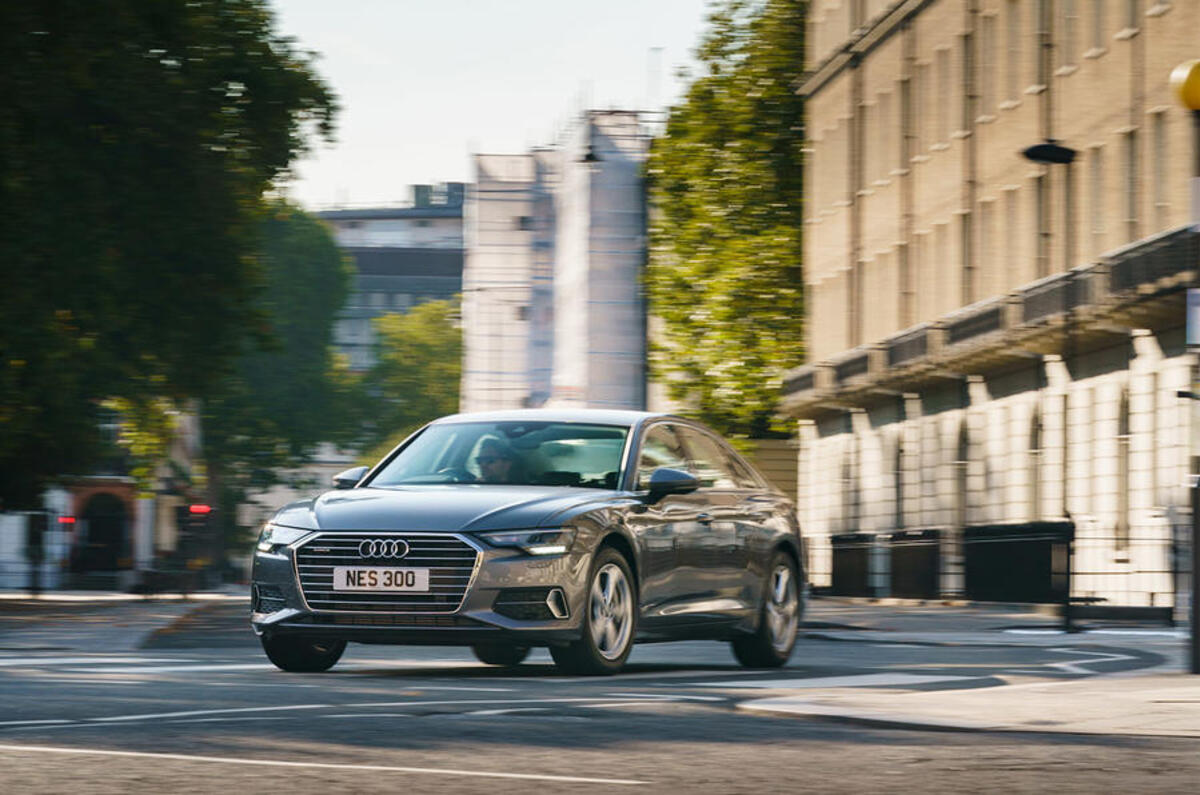Company cars are a long-established and very desirable workplace perk, and usually offered only to drivers with a specific job need. They are owned or leased by your employer, but also available for you to use outside work hours, just like a privately owned car.
What are the advantages of a company car?
It’s an almost hassle-free way to get around. Employers cover nearly all of the running costs, excluding the fuel used for personal journeys, so there’s no insurance, servicing or tyre bills to worry about and company car tax is a predictable monthly outlay. You’ll usually get a new car every three or four years and you can hand it back if you change jobs.
Company car tax has incentivised vehicles with low CO2 emissions for more than 20 years, and the latest bands offer generous discounts for plug-in hybrid and electric cars emitting 50g/km or less. If your lifestyle suits a plug-in, then your monthly tax bill will be significantly lower than the cost of buying or leasing the same vehicle privately.
What are the disadvantages of a company car?
As your employer is footing the bill, they’re in control. Company car policies often limit drivers by list price, CO2 emissions and optional extras and some are restricted to a single manufacturer. That means you might not get the car you really want, or the features you really need.
Cash allowances
Some employers will let drivers opt out of a company car scheme and take a cash allowance instead. This is a lump sum added to their salary to buy or lease something privately, and it has become more popular as diesel penalties and the usually higher WLTP-derived CO2 emissions have hiked up company car tax almost across the board.
What are the advantages of cash allowances?
As a private buyer, you are not restricted by your company car policy. HMRC treats the money as extra wages, so you’ll pay income tax (typically at 20% or 40%) and national insurance contributions to receive it, but the car is yours. That means you can choose what you want, replace it whenever you like, and take it with you if you leave.
Cash allowances have become more popular recently, as WLTP-derived CO2 emissions and complying with tough Euro 6 pollutant limits have caused spiralling tax costs for petrol and diesel company cars. If you need something with quite high CO2 emissions, such as a tow car or MPV, tax costs could be lower than paying benefit in kind as a company car driver.
What are the disadvantages of cash allowances?
By opting out of the company car scheme, you are responsible for adequate work-use insurance, keeping it roadworthy and maintained properly and staying within mileage limits if it’s leased or financed.
Salary sacrifice schemes
Salary sacrifice makes some of the advantages of company cars available to those who wouldn’t otherwise be eligible for one. They enable you to lease a brand-new car through your employer, typically including servicing, maintenance and breakdown cover. However, unlike a company car, you’ll pay for the monthly lease using your pre-tax salary.
What are the advantages of salary sacrifice?
Unlike a cash allowance, salary sacrifice lets you access your employee’s buying power and discounts, which can reduce the monthly outlay, and the system is heavily geared towards low-CO2 vehicles.
Drivers choosing a car rated at 75g/km CO2 or less pay tax on it as a benefit in kind instead of income tax and national insurance contributions on the salary are used to fund the monthly lease. New ultra-low rates for the most efficient electric and plug-in hybrid vehicles, introduced in 2020, have made salary sacrifice a very affordable way to drive these cars.
What are the disadvantages of salary sacrifice?
Tax rules for salary sacrifice schemes changed in 2017, which effectively limits your choice of vehicles. If you opt for a car that emits more than 75g/km CO2 (and that includes pretty much everything that you can’t plug in), you will either pay benefit in kind tax or be taxed on the salary you’re giving up – whichever is higher – so the advantages really only apply to the lowest-CO2 models.






Add your comment